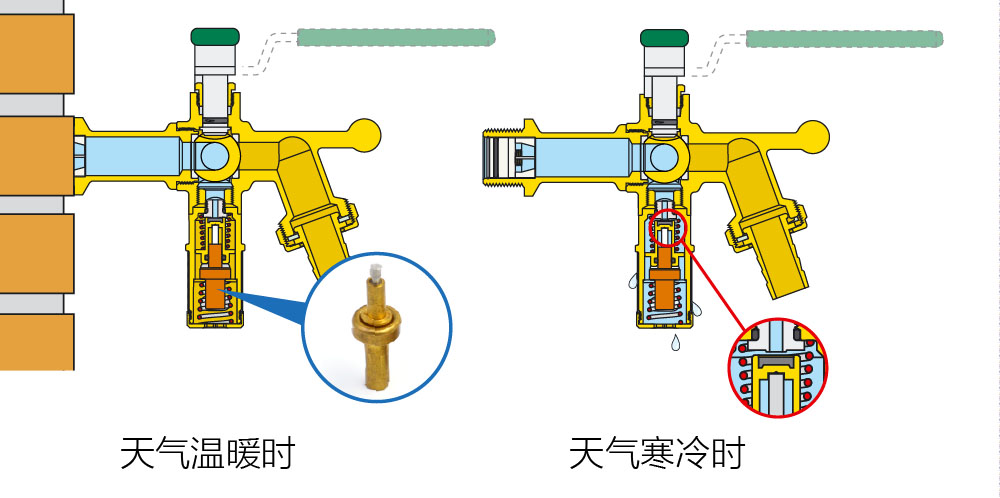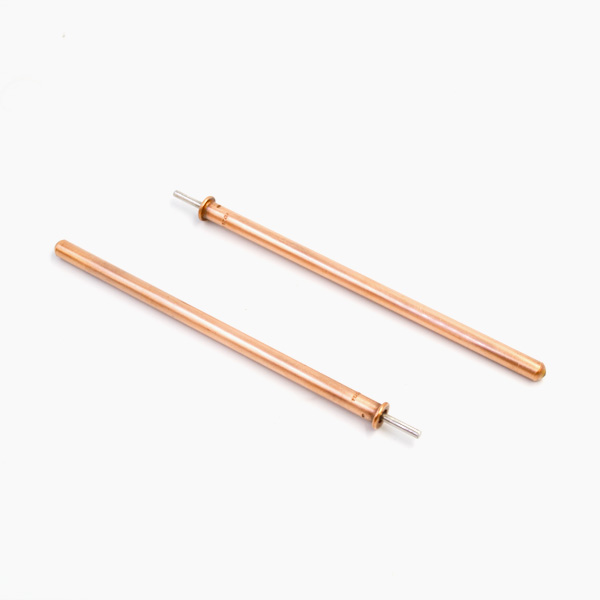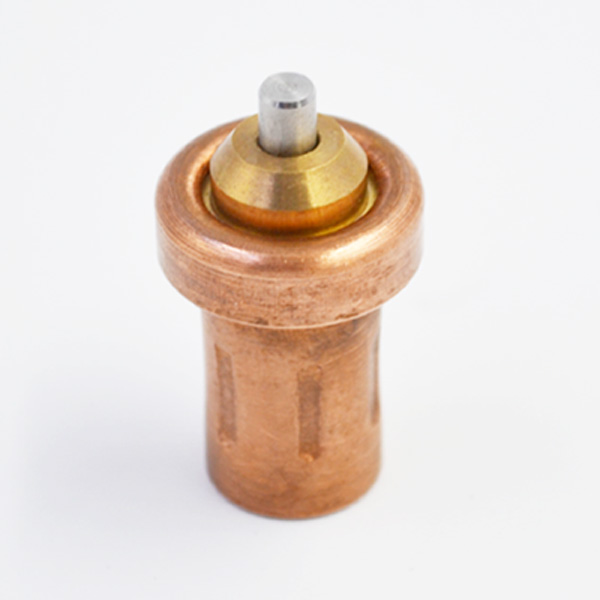With the continuous development of China’s nuclear power projects, the reliability and safety of nuclear power equipment have also attracted much attention. The electrical equipment used in nuclear power field circuits must be tested to verify whether the equipment can work normally during and after earthquake. The appraisal test mainly includes anti-seismic test and aging test. This paper mainly discusses how to carry out anti-seismic test for an electrical equipment. According to the seismic requirements of EE-344 for emergency diesel engine electrical equipment, the diesel engine controller of class 1E K3 electrical equipment needs to be tested. Through the test, the natural frequency of the diesel engine controller is measured, and the mechanical and electrical performances such as stiffness and strength of the controller are evaluated. Diesel engine speed controller. Electrical control cabinet.
The piezoelectric accelerometer, JF-106, has a frequency response of 0.2-300 Hz.
Simulate the installation conditions of nuclear power plant, fix the speed controller in the standard electrical control cabinet, and participate in the seismic test with the cabinet. The white noise random waves with frequencies ranging from 0.2 Hz to 100 Hz are used to excite the controller in three axes of X, thermostatic element Y and Z respectively. The input acceleration is 0.2g and the excitation time is 304 seconds. The natural frequency and damping ratio of the point-measuring controller are used. Artificial seismic waves designed according to the response spectrum of 0 m floor of diesel engine workshop with damping ratio of 0.02 are divided into three directions: X, Y and Z.

The input waveforms of shaking table for OBE test are used.

The total duration of artificial seismic waves is 30 seconds, in which the number of strong earthquakes exceeding 70% of their maximum peak value is more than 8. The correlation coefficients in X, Y and Z axes are less than 0.3. The sequence of seismic tests is five OBE tests and one SSE test. The measured results of the natural frequencies of the diesel engine controller are shown in Table 1. The electrical performance of the controller is monitored continuously during the seismic test. The monitoring results show that the monitoring system is effective. Diesel engine controller can maintain normal function without abnormal data. According to the requirements of the seismic appraisal test of the 1E class K3 diesel engine controller, the seismic appraisal test of the diesel engine is carried out. The white noise test of the diesel engine controller was carried out. The self-vibration frequency of the controller in the X direction was 9.75 Hz, in the Y direction was 13.5 Hz and in the Z direction was 28.
0 Hz.

Five OBE tests were carried out on the artificial seismic wave designed by the factory building with 0.02 damping ratio and 0 m floor elevation.
After five OBE tests, no cracks were found in the structure, no loosening or falling of the bolts and nuts, and no damage or deformation was found. According to the artificial seismic wave designed by the factory building with 0.02 damping ratio and 0 meter floor elevation, after one SSE test, the test sample shows that there are no cracks in the structure, no loosening and falling of the bolts and nuts, and no damage or deformation. In summary, the structure and working performance of the diesel engine controller remain intact after the seismic appraisal test has been completed, which meets the requirements of the seismic appraisal test of the 1E class K3 diesel engine and can be applied to the nuclear class diesel generator set.
